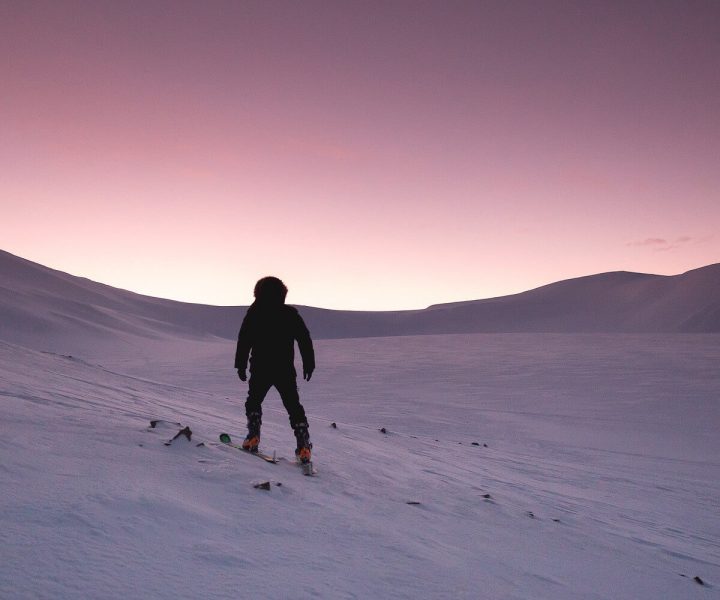
The Centers for Disease Control (CDC) defines hypothermia as the “preventable lowering of the core body temperature to or below 95 degrees Fahrenheit.” It is estimated that yearly, over 600 people die from hypothermia in the US.
The population most at risk for hypothermia is the elderly, but as any person that has spent any time outdoors during the winter will tell you, you can get real cold pretty quickly, especially when you’re in the middle of nowhere.
What we’re presenting here is nothing new or groundbreaking, but simply some common sense ways to prevent getting hypothermia while camping, hiking, mountain biking, or doing any other outdoor activities this winter. Using your common sense can help you in the direst situations, and prevent the worst from happening.
With that being said, let’s take a closer look at the obvious!
Common sense and practical ways to prevent hypothermia
When enjoying the great outdoors, you always need to be prepared. Even if you are only planning a day-hike on a fairly straightforward route, you need to be prepared for any potential dangers, and that includes changes in weather conditions.
Signs and symptoms of hypothermia can begin within just 1 or 2 hours of an extreme change in the weather, which is likely a case of encountering wet, wind, and cold all at once. If you are hit with deteriorating weather and are inadequately dressed with a limited supply of food or water and a lack of camping or emergency gear, then you could end up in real trouble.
If you ever find yourself in such a situation, follow these no-nonsense tips to prevent hypothermia from setting in:
- Once you’ve reached your destination and you’ve found a source of water, the next thing you must do is find or create a shelter. Whether you are using your tent or a cave for shelter, you need somewhere to escape the wind, snow, and rain.
- If possible, create a small fire. It’s vital to have a small fire up and running as soon as possible, especially if you have the tools at your disposal. Don’t put it off, as accidents happen and you may end up soaked and wishing you’d already started your fire.
- Wait out the storm in your shelter. If it seems like it’s going to rain, stay near your camp or shelter, especially if you don’t have waterproof clothing.
- Take breaks to avoid sweating if doing physical activity. It may seem strange, but you can get hypothermia from your own sweat, as it gets you wet. When the sweat evaporates, it will wick away heat from your body, so avoid sweating as much as possible.
- If the weather gets warmer, take off some layers if hiking or doing something physically strenuous. Prevent getting drenched in sweat, and avoid getting very preventable hypothermia.
- Remove any wet clothes, even if the weather is freezing. You can still wear any dry layers, but remove any wet ones and dry them out by the fire or in a sunny spot.
- Head inside your tent if the temperature is dropping, or the wind is picking up force. It’s crucial that you take precautions and avoid the biting levels of cold that can come from the wind, and use your tent for what it was intended!
- Drink something warm. Having a warm beverage such as tea can be a fantastic way to increase your body temperature. No tea bags? Pine needles can make warm water taste better in a pinch.
- Stuff your coat with dry leaves for insulation if you’re not warm enough. It may not be comfortable, but if there are some dry leaves are around, use them to boost your core temperature with little to no energy expenditure or effort.
Don’t let yourself become a victim to hypothermia; be well prepared before heading out on any outdoor adventure and always be sure to check the weather conditions!
 Your Privacy Choices
Your Privacy Choices